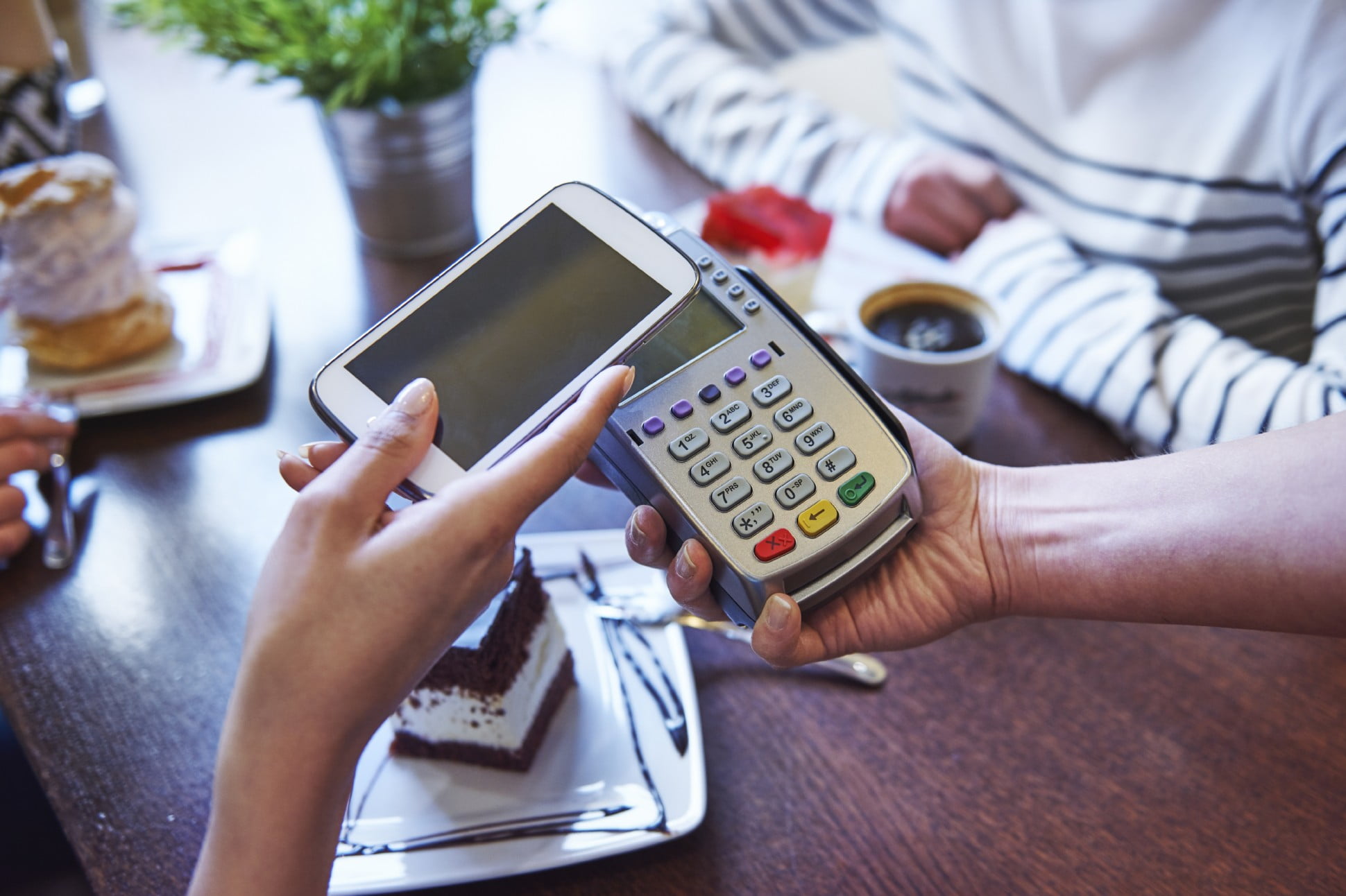Patent Protection For Software In India
The patentability of software program-related innovations has been very debatable in recent times. In the early Nineteen Sixties and Seventies, the uniform reaction turned that software programs turned into now not patentable challenge matter. However, in subsequent years, the United States and Japan extended the scope of patent protection. However, numerous nations, including Europe and India, are reluctant to furnish patents for the PC program because technological development in this volatile enterprise will be impeded. Proponents of software patenting argue that patent safety will inspire and endorse more innovation within the software program industry. Opponents hold that software patenting will stifle innovation because software traits are essentially unique from the inventions of antique industrial, e.g., mechanical and civil engineering.

PROTECTION FOR SOFTWARE-RELATED INNOVATIONS
WIPO described a laptop application as: “A set of commands capable, while included in a device-readable medium, of inflicting a system having records processing abilities to suggest, perform or achieve a specific function, assignment or result.” The software can be blanketed by copyright, patent, or both. Patent protection for software programs has advantages and drawbacks in contrast with copyright safety. Many debates concerning patent safety for software as statistics technology has evolved, and extra software has been developed. This was precipitated especially because of the software program’s characteristics, which are intangible and also have a fantastic price. It wishes many resources to expand new and beneficial packages, but they are effortlessly copied and transmitted through the internet worldwide. Also, because of the improvement of e-trade, there is the urge to patent business methods.
Computer applications stay intangible even once they have truly come into use. This intangibility causes difficulties in information on how a PC program can be a patentable concern. Whether and to what extent PC programs are patentable remains unresolved. More than 1/2 of the 176 nations globally that supply patents allow the patenting of software-associated inventions, at least to a few degrees. There is an international trend favoring adopting patent protection for software program-associated inventions. This fashion elevated following the adoption in 1994 of the TRIPS Agreement, which mandates member countries to offer patent safety for innovations in all technology fields but quickly stops mandatory patent protection for software per se. Developing countries that no longer provide such security while the TRIPS agreement came into force (January 1, 1995) have until January 1, 2005, to amend their laws, if essential, to meet this requirement.
EUROPEAN PATENT CONVENTION
The European Patent Convention is the treaty that established the European Patent Organization (EPO). The EPO grants legitimate patents in the one-member countries specified in the EPO software and finally perfects them in the one’s countries. Enforcement of the EPO patent is acquired via the national courts of numerous nations. The software has been included with copyright and excluded from European patent protection. According to Article 52(1) of the European Patent Convention (EPC), European patents will be granted for any innovative innovations inclined to business application, which can be new and contain an inventive step. Article 52(2) excludes schemes, guidelines, and techniques for acting mental acts, playing games or doing business, and programming computers from patentability. Article 52(3) says that prohibition relates most effectively to software ‘as such.’

Some years following the implementation of the EPC, software programs in isolation became not patentable. The invention in this sort of aggregate needed to lie within the hardware to be patentable. Then came a check case, EPO T26/86, a patentability query of a hardware-software program mixture wherein the hardware itself changed into something that is now not novel. It concerned a patent for a laptop-manipulated X-ray machine programmed to optimize the device’s working characteristics for X-ray techniques of various sorts. The patent office refused to patent the invention. The Technical Board of Appeal (TBA) disagreed and upheld the patent, announcing that a patent invention should consist of technical and non-technical features ( i.E. Hardware and software). Applying relative weights to these unique kinds of parts is not important. The VICOM case has authority on what does imply a “laptop Program as such” and what constitutes a “mathematical technique.” The patent utility related to a technique and equipment for digital picture processing involved calculating numbers representing a photograph’s factors. Algorithms have been used for smoothing or sharpening the contrast among neighboring information elements inside the array. The Board of Appeal held that a computer utilizing a program to perform a technical system isn’t always declared a laptop program.
The subsequent most important improvement happened in 1999, while T935/ninety-seven and T1173/97 have been decided on attraction to TBOA. In these instances, the TBOA decided that software became no longer a “software program as such” if it had a technical impact. That says that software could be acceptable if that criterion were met. A technical effect can arise from improving PC overall performance or residences or using facilities and a PC machine with constrained recollections to stimulate higher access by a distinctive feature of the laptop programming. Decisions T935/97 and T1173/ninety-seven have been accompanied elsewhere in Europe. The EPO’s European Technical Board of Appeals rendered crucial selections regarding the patentability of business methods inventions (BMIs). Business Methods Inventions may be defined as inventions concerned with techniques or systems of doing enterprise, such as using computers or the internet.
A machine for determining the queue sequence for serving customers at plural provider factors changed into held to be patentable in this situation. The Technical Board had that the hassle to be solved becomes the manner of the interplay of the gadget additives. This changed into a technical problem, and its solution turned into patentable.














